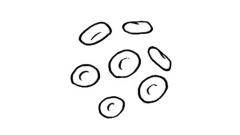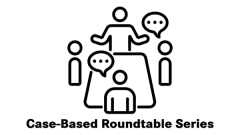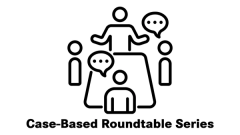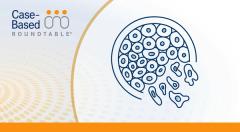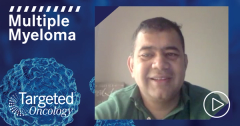
Notable Outcomes of Selinexor-Based Triplet Therapy Addressed in RRMM
Adam Binder, MD, discusses what he found to be notable from the results of the phase 3 BOSTON trial that looked at the efficacy of selinexor, bortezomib, and dexamethasone triplet therapy for patients with relapsed/refractory multiple myeloma.
Episodes in this series

Adam Binder, MD, associate professor at Thomas Jefferson University and associate director of inpatient operations quality officer, division of hematologic malignancies at the Sidney Kimmel Cancer Center, discusses the notable results of the randomized, open-label, phase 3 BOSTON trial (NCT03110562) for patients with relapsed/refractory multiple myeloma (RRMM).
The BOSTON trial compared the weekly triplet therapy of selinexor (Xpovio), bortezomib (Velcade), and dexamethasone (XVd) to the twice-per-week doublet therapy of bortezomib and dexamethasone. According to Binder, researchers had previously seen synergistic activity between XPO1 inhibitors and proteasome inhibitors and using this knowledge allowed the investigators behind the BOSTON trial to maximize the efficiency of the trial. The trial enrolled patients with RRMM who had received 1 to 3 prior lines of therapy, including proteasome inhibitors, and randomly assigned 402 patients 1:1 to the triplet or doublet. Patients in the triplet arm were given 100 mg of selinexor and 1.3 mg/m2 of bortezomib weekly and 20 mg of dexamethasone was given twice a week.
The primary end point of the study was progression-free-survival (PFS) in the intention-to-treat population. After a median follow-up of 13.2 months (IQR, 6.2-19.8) in the triplet arm and 16.5 months (IQR, 9.4-19.8) in the doublet arm, the median PFS was reached at 13.93 months (95% CI, 11.73–not evaluable) vs 9.46 months (95% CI, 8.11-10.78), respectively (HR, 0.70; 95% CI, 0.53-0.93; P = .0075). Further, grade 2 or higher peripheral neuropathy was seen in 21% of patients on XVd compared with 34% of patients in bortezomib/dexamethasone arm (odds ratio, 0.50; 95% CI, 0.32-0.79; P = .0013). The most observed grade 3/4 adverse events in the XVd arm compared with the doublet arm were thrombocytopenia (39% vs 17%), fatigue (13% vs 1%), anemia (16% vs 10%), and pneumonia (11% vs 11%).
TRANSCRIPTION:
0:08 | It is notable that this is the first phase 3 randomized control trial using weekly bortezomib [alongside selinexor and dexamethasone]. Even though there is data previously suggesting its efficacy, this was the first time it's been studied in a phase 3 randomized controlled trial. The other thing that stood out to me about this trial was not only that it showed triplet combination therapy was better than doublet therapies, which we often see in many multiple myeloma combination trials, but that it…had some better tolerability, particularly [with the] decreased incidence of neuropathy in the triplet arm.
0:52 | We worry a lot about peripheral neuropathy when thinking about giving bortezomib as a proteasome inhibitor, and showing that weekly therapy, as opposed to treating with bortezomib on days 1, 4, 8, and 11, could significantly reduce the incidence of all neuropathy, as well as [reduce] grade 3 and 4 neuropathy. [Neuropathy] was quite notable for this trial and reinforces the need for dose modifications and dose adjustments in trial design to optimize outcomes but minimizing toxicity.


